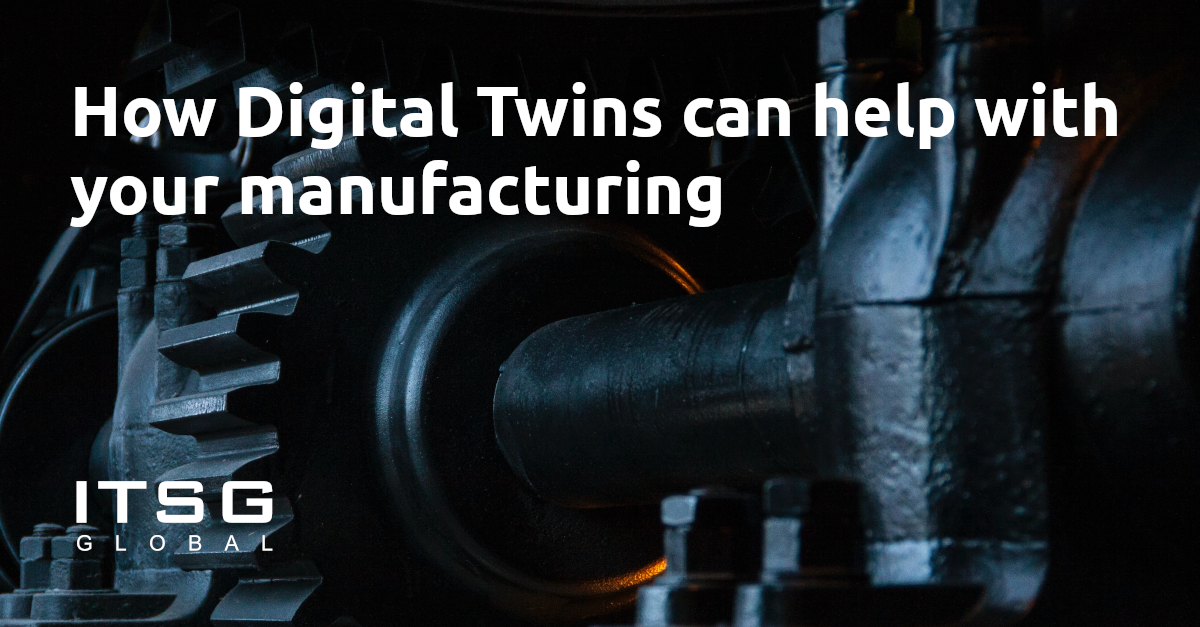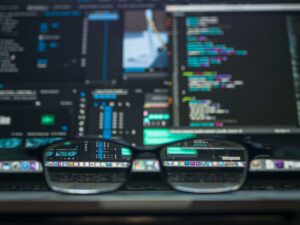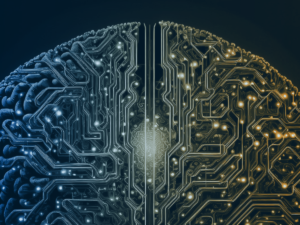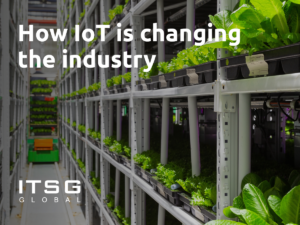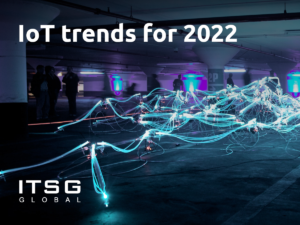19 April 2022
Digital Twin is a nice name for an advanced technology which can be understood as an interactive, fully virtual model serving the purpose of collecting and processing real-life data. The point is to copy the functionality of a product in a virtual environment and use it for testing, which saves money that would otherwise be spent on prototyping. The additional benefit lies in the possibility of testing the virtual twin in conditions or speed that would be not attainable in the real world.
Just because your company hasn’t been using it yet, doesn’t mean your business cannot benefit from Digital Twins. Let’s run through some of the examples.
DESIGNING, TESTING AND MAKING THINGS BETTER
The designing stage doesn’t finish the moment the product hits the production line – quite the opposite, since a good design should be able to survive a long life of being actually used. Having a digital twin might help with that, since your IT team can speed up the whole cycle of life of your product and therefore find all the places where something can be improved or just optimized. The visualization itself helps a lot with planning and that’s before you spend money on your first production batch.
Same goes with testing – testing in real life conditions generally needs an actual subject for the testing. Except not with DT which allows simulations and those tend to be cheaper than running through different scenarios with a physical object.
With some products it might help with obtaining necessary certifications – especially if the elements are vital to secure human safety and for that reason they need to be particularly insensitive to a specific level of vibrations, humidity or pressure. If there’s anything wrong with the component under certain conditions it might become clear before the product enters the production stage which will save you a lot of money.
Another thing is emissions. Obviously if one doesn’t need to produce their own prototypes that means zero emissions from that non-happening production process. It’s important to mention that that’s one of the assumptions and goals of the 4th Industrial Revolution which is heavily based on the IoT concept. Introducing intelligent machinery into production provides better access to all kinds of data which, again, saves money. A lot of it.
And there’s data you can believe – it is expected that by 2026 the DT market will grow up to $26 billion and later double that already spectacular result in the next two years.
Digital Twins can be used in warehousing as well – simulations and visualizations are great tools to see and check how your equipment is performing or what changes could be implemented to improve the workflow altogether.
HOW DIGITAL TWINS COMPLETE IOT AND AI
Artificial Intelligence together with the Internet of Things are great tools for improving one’s manufacturing. If you know anything about production you also understand how downtime works and what it means for cost-effectiveness or simply your profit. The whole point of using Digital Twins in production is to figure out the risk of specific problems happening before they happen, so you can implement corrections before that means a full production stop.
The goal is to make the product or process the best it can be the first time, so investing in technology means limiting the number of errors on all manufacturing stages.
If you are interested in improving your workflow you should rethink the way you think about your processes and discuss the possibilities with a trusted IT partner, who will help you define where you should start to make your production better than ever.
Author: Patryk Bański, Software Developer at ITSG Global
